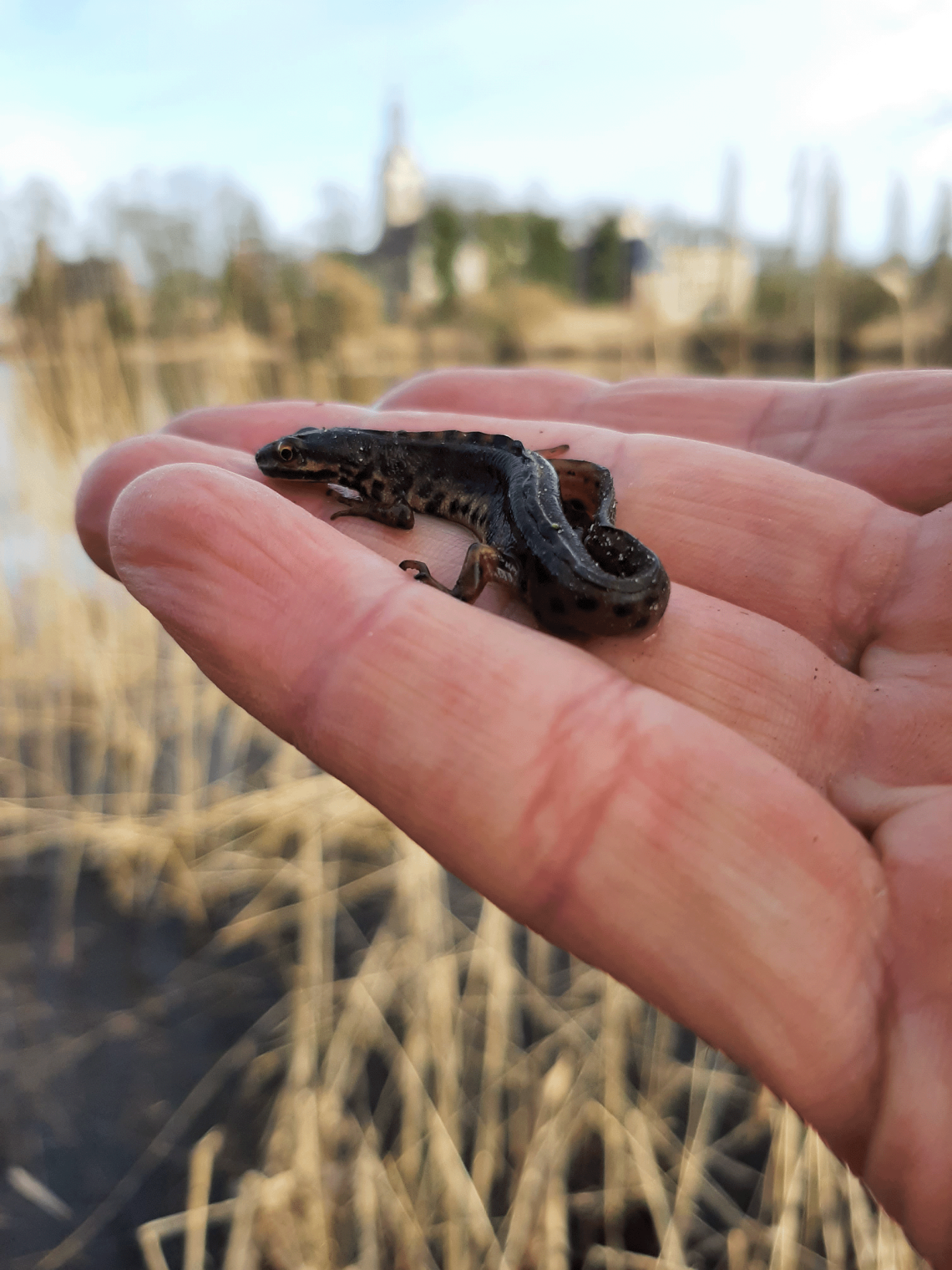“The city, together with experts, is continually searching for the optimum management methods. We want to protect the plants and animals here and preferably strengthen them. This gem deserves the greatest care”, say alderman for public greenery Lalynn Wadera and alderman of animal welfare Thomas Van Oppens. “Draining may seem drastic, but the method has been successfully used for centuries and is based entirely on natural processes. In this way, it remains a safe and dream habitat for rare species of plants, fish and amphibians."
“The ponds at Park Abbey have traditionally been part of the abbey domain and hold great ecological value,” says Chris Van den Haute, biologist, ecologist and amphibian and reptile expert with the Hyla work group of Natuurpunt. They host various species such as the roach, eel, stickleback, swans, herons, frogs, toads and small water salamanders. The amphibians have been threatened in recent years by the presence of invasive exotics in the fourth pond. Species such as the Asian top-mouth gudgeon, North American pond perch and Chinese mitten crab were among those that have been found. After the discovery of these invaders, the decision was made to drain the pond, with the aim of making it fish-free. The fourth pond is an ideal breeding area, not only the small water salamander, but also for frogs, toads, dragonflies and damselflies, which benefit from the shallow water that warms up quickly. With this, the 4th pond plays a crucial role in nature conservation within the abbey domain.
At the beginning of February, the fourth pond will be refilled, allowing amphibians to breed there and allowing their larvae to grow without being eaten by the fish present. Park Abbey plans to drain this pond at regular intervals, continuing the historical method of pond management within the abbey domain. Draining the pond causes the sludge mass that is present to dry out and shrink. The pond vegetation that is present (mainly reeds) can then be mowed and removed. What remains is a depleted bottom. Furthermore, this method helps with the temporary elimination of unwanted species. By taking this periodic draining measure, Park Abbey aims to protect the native species of animals and plant life present and to maintain the conservation of nature in the abbey domain.


